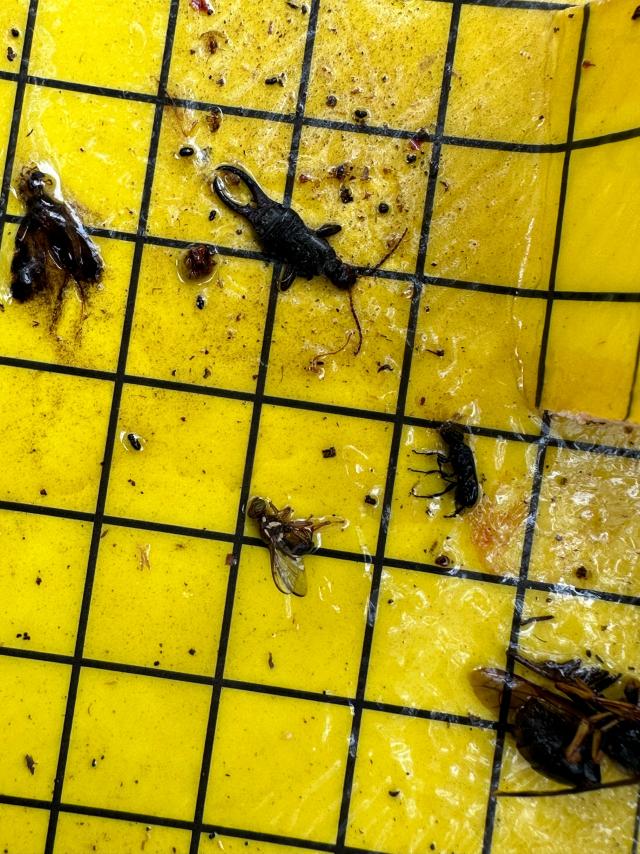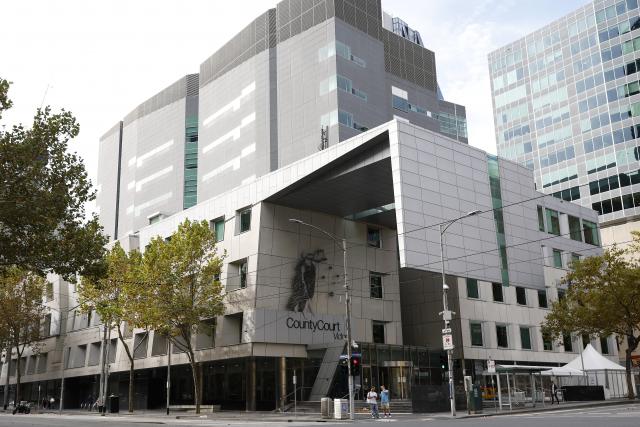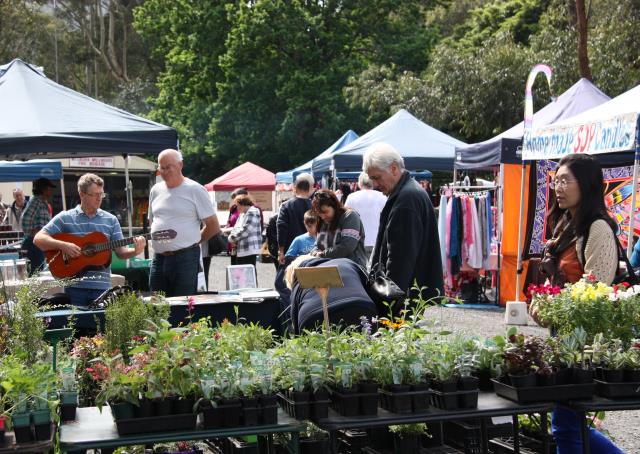Queensland Fruit Fly (QFF) has been detected in Avonsleigh and Silvan in February, with residents around the Yarra Ranges urged to enact their fruit fly action plan to prevent further spread.
QFF regional coordinator (Yarra Valley) for Agribusiness Yarra Valley, Bronwyn Koll, said the pests were detected in a surveillance trap.
“We have fruit fly traps all over the Yarra Valley on public and private land, and these fruit fly detections have shown up in our surveillance traps,“ Ms Koll said.
“From that point, we then let people in those areas know that there’s been fruit fly caught in the surveillance trap, and that means that they can elevate their fruit fly action plan.”
Ms Koll said the action plan could entail a home gardener checking their fruit more thoroughly than they have in the past, or a commercial fruit grower choosing to put more fruit fly traps up.
“We won’t know exactly where [the fruit fly has] come from,“ she said.
“Part of my role as the fruit fly coordinator is to door knock, letterbox drop, make appropriate calls and emails, and let as many people know in that area as possible, and get all of those land managers to then look at their own properties.
“Hopefully we can narrow it down, and if we can’t, it doesn’t really matter, we just get everyone to elevate their prevention measures of that fruit fly anyway.“
Ms Koll also said one fruit fly in a trap is “usually an indicator“ there are more of the species around.
“We know that just one in the fruit fly trap can mean that there’s several more in the region or in that area,“ she said.
“I make observations about the area that I’ve gone to where the fruit fly’s been detected; quite often I see lemons hanging on trees that should have been picked months ago.
“The other thing I often see is ripe blackberries, so anything that’s a fruit that’s ripe now means that that’s somewhere where the fruit fly can lay her eggs, which means that the fruit fly can breed and build up numbers.“
The detections come after one fruit fly was detected in Kinglake on 21 January, and two were found in Lilydale on 19 January.
According to Ms Koll, urban and peri-urban suburbs of Melbourne and the Yarra Valley, including Mooroolbark, Croydon and Yarra Glen, are experiencing QFF.
More detections are expected in Silvan.
“Particularly with the QFF pressure from wild blackberries in full fruit,“ Ms Koll said.
“We have sent the council notification of that fruit fly and this is the same in the other Yarra Ranges detections…we sent a notification to council and the council and I worked out a targeted area to send letters to explain in detail the things that you could look out for,“ she said.
“That’s what we did with the Lilydale case as well as letter box drops, and we’ve put up some extra fruit fly traps and we’ll do more intensive surveillance in those areas.“
Home gardeners are at risk of potentially losing all their fruit crops to QFF, with any fruit not protected with a fine insect mesh “vulnerable to attack“ from the female QFF looking for good fruit to lay her eggs into.
“This can have devastating knock on effects on the larger scale fruit producers in the Yarra Valley,“ Ms Koll said.
“Many home gardeners with fruit and ‘fruiting’ vegetables (tomatoes, capsicums, cucumbers etc) are unaware their produce has been ‘hit’ by QFF as the damage can happen while the fruit is unripe.
“The QFF is targeting ripening fruit (not yet mature) so her young develop inside at the same rate the fruit is ripening. This ensures a good survival of all her young. Most people find out their produce is infested when they go to harvest it. It’s shocking!“
In 2023, there were 40 detections of QFF in the Yarra Valley; a number which Ms Koll said could have been “so much worse“ had Agribusiness Yarra Valley not been ahead of the curve.
“Early detection is definitely a superpower that we have,“ she said.
“We have the winter break where we find that there’s not many fruit flies around at all, probably zero, and what happens is that they either come in during the warm weather or they’re potentially overwintered as mature adults over the winter and they’re just starting to start their breeding cycle as the fruit ripens, so they’re very clever insects, very robust as well.
“They’ve proven that they can survive in many situations, so there are other regions of Victoria that are really, really doing it hard because fruit flies become quite prolific.“
Looking to reduce the number of QFF detections in 2024, Ms Koll said Agribusiness Yarra Valley’s intention is to get more people on board with prevention work.
“If we were to find larvae in fruit… It would be a far more urgent response because we know that that means they’re definitely breeding, and that’s when we encourage the landowners or whoever’s responsible for growing that fruit to destroy it by boiling or freezing,“ she said.
“That way it stops the life cycle of the fruits while continuing to that infested fruit; there can be in a big pot on the barbecue, on the wok burner with the gas jet going or it can mean a couple of bags in the freezer until that fruit is frozen solid.
“People who have QFF don’t get into trouble, reporting the fruit fly is merely a guide as to what’s going on in the region, and it also means that I can provide assistance where I can.“
Ms Koll also said fruits should be harvested and then used to avoid fruit fly breeding within excess hanging fruit.
“If you don’t leave the fruit hanging and you pick it when you need to and take it inside and use it, it reduces the chance of QFF significantly,“ she said.
“Protect home garden crops. Keep an eye and ear out for regional alerts, and install a QFF trap or three to help the area wide monitoring and to know what is happening in your own garden.“
Home gardeners are advised that applying the correct treatment of QFF impacted fruit if disposing of it by home composting or using FOGO bins is “essential“ to prevent the problem getting worse.
For help on identifying QFF, you can email qff@agribusiness-yarravalley.com and visit agriculture.vic.gov.au/biosecurity/pest-insects-and-mites/priority-pest-insects-and-mites/queensland-fruit-fly/identifying-queensland-fruit-fly
For information on how to control QFF in home gardens, you can visit agriculture.vic.gov.au/biosecurity/pest-insects-and-mites/priority-pest-insects-and-mites/queensland-fruit-fly/controlling-queensland-fruit-fly-in-home-gardens







